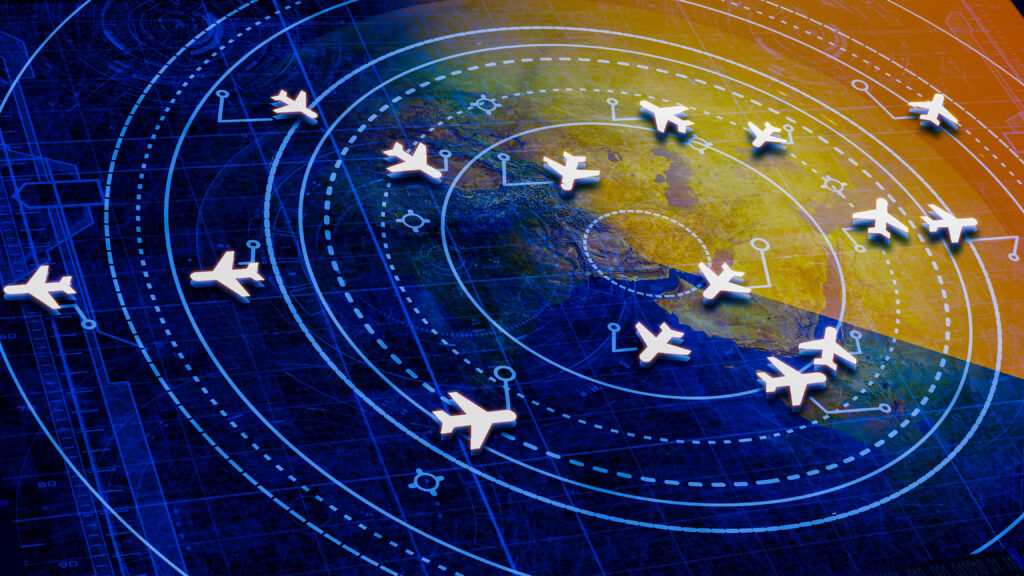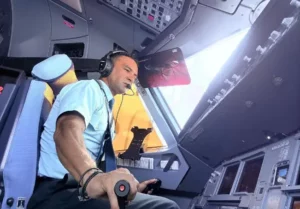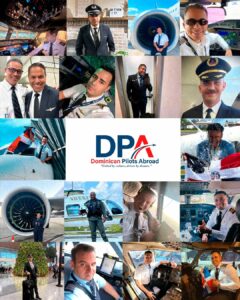In May 2022, alongside captains Eric Rodríguez, Michael Trim, and Eugenio De Marchena, we attended a meeting with Héctor Porcella, the former director of the Dominican Institute of Civil Aviation (IDAC), and his director of operational surveillance, Gender Castro (now director of the flight standards department). During this meeting, we discussed what we believed to be the main challenges facing Dominican civil aviation. It was clear to us that one of these challenges was the rapid expansion of national airlines, as well as the lack of trained personnel in all areas of IDAC to safely manage this growth. We proposed the need to establish working groups within different sectors of the industry and to collaborate in the creation of a national development plan that would integrate the government, businesses, and civil society. The goal was to address this growth challenge holistically through a comprehensive state policy.
However, due to the turbulence that followed that meeting—such as the RED AIR accident in Miami in July of that year, the expedited reform of the civil aviation law, and the operational safety audit conducted by the U.S.—there was no consensus to initiate this project. Now, under the new IDAC leadership of Igor Rodríguez, we are revisiting this idea. Governments, much like large ships moving at high speed, struggle to change course quickly and efficiently. And, as is typical of developing countries, now that the threat of a category downgrade from the U.S. has passed, many within the government have lost interest in civil aviation.
Why is a project of this magnitude necessary?
Civil aviation is often described as an integrated system, composed of various elements that affect the entire structure. We can think of it as a pyramid, where the base is general (or small) aviation, and the peak is commercial airline transportation. Along the pyramid, we find airports, maintenance workshops, flight schools, control towers, assembly lines, and more. This entire system rests on the shoulders of aviation professionals and operates at the intersection of humans and technology. It requires every component to function properly, from pilots and air traffic controllers to mechanics, airport administrators, accident investigators, and all other industry players. It takes just one weak link in this chain of processes for the entire pyramid to collapse.
How do we strengthen the system and ensure all its components function effectively?
By investing in our human resources and equipment. A commercial pilot needs approximately 500 flight hours to begin their career at an airline. In addition, they must obtain multiple licenses, which typically cost between $40,000 and $50,000—often financed through student loans. Similarly, training to become an air traffic controller, mechanic, dispatcher, airport administrator, or accident investigator is complex and costly.
Adding to these challenges are the issues within Dominican general aviation, which serves as the foundation for many aviation professionals. These issues include the high cost of 100LL fuel used by small aircraft, with the Dominican Republic having the most expensive price for this type of fuel. Additional concerns include high aircraft insurance costs, the expensive and limited availability of hangars, restricted access to certain airports, and the lack of protocols for managing general aviation. The government’s neglect of general aviation became evident when it was excluded from the Civil Aviation Incentive Law 57-23, enacted in 2023.
However, opportunities are expanding. It is no secret that Dominican airlines, such as Arajet, have struggled to find enough trained personnel to support their rapid growth, which is projected to reach 30-40 aircraft in the coming years. This would position Arajet as the largest airline in the Caribbean and the second-largest in Central America, following COPA Airlines in Panama. This has led to criticism from professional organizations, which have pointed out the high percentage of foreign employees in the company, allegedly in violation of Civil Aviation Law 491-06. However, we must also be honest and acknowledge that the country did not have enough aviation professionals to meet the demands of Arajet, Skyhigh, Air Century, Panorama Jets, and others—all at the same time.
Conclusion
If we want our country to become a logistics hub, it is imperative that our national aviation industry grows. But this growth must be achieved differently than in the past—not by merely counting the number of foreign airline flights but by investing in national aviation. This means focusing on general aviation and flight schools, facilitating access to training, lowering fuel costs, collaborating with insurance companies, investing in aviation education across all fields, and creating more opportunities for local aviation professionals.





